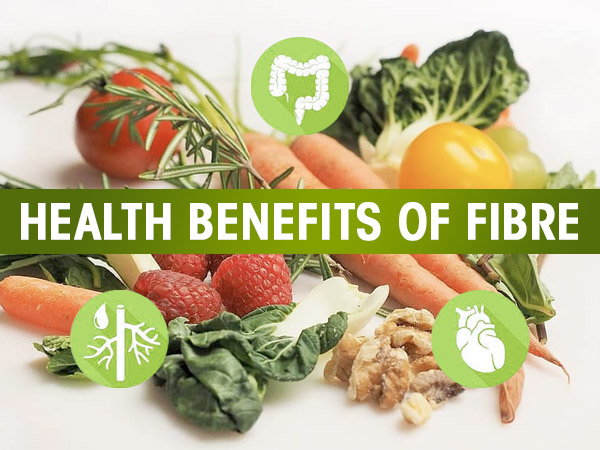What is Dietary Fibre? – Foods & Health Benefits
By Himanshu JoshiYogafiber, health, health benefitsIt is the soot of a component that makes the cell walls in the plants and is non-digestible, due to the fact that it cannot be broken down by body enzymes nor can it be absorbed by the body and perhaps this very reason, it was thought to have no dietary value and thus discarded. But the said conception was wrong insofar as it implied that it had no mechanical properties. But the reality was totally otherwise, as it has the capacity to trap water to keep the faeces moistened, thus removing costiveness.
Related Posts
- What is Dietary Fibre? – Foods & Health Benefits
- 10 Healthy Things Happend by Everyday Yoga To Your Lifestyle, Mind & Body
- Introduction to Pranayama Breathing – Types of Pranayama
- Best Yoga Retreat in Rishikesh – Spiritual and Holistic
- Yoga Teacher Training and Yoga Alliance Certification Rishikesh 2021
- Everything You Need to Know About Ashtanga Yoga: Primary, Intermediate and Advanced Level Series
- What is Yoga?
- Thyroid Gland & Para- Thyroid Gland
- Human Personality Mindset Types (Three Gunas) – Sattvik | Rajshik | Tamsik
- Best 200 Hour Yoga Teacher Training Course in Rishikesh- RYT 200 ( Yoga Alliance Certified Course)
But for dietary fibre, the intestines would never have been able to expel faecal matter, thus reducing the risk of accumulation of toxic substances and inflammation in the intestines.
Barely, oats, legumes, and fruits have rich soluble fibre content, whereas wheat and most other cereals and vegetables have more insoluble fibre in them. The former helps to lower cholesterol levels but raises good cholesterol HDL, but the latter relieves constipation but improves digestion.
To affect the reduction in weight, high fibre diets are more useful for it takes much longer to chew them, gives more satisfaction to the eater, requires an expense of more energy, reduces appetite and is stomach-friendly as they provide a sense of fullness. Fibre helps in the formation of stool, renders it bulkier and softer.
The more the bulk and softness, the easier it is for the intestines to expel them. That is why cabbage and carrots are a preferred choice for those who wish to remain free from restive bowels. Bed-ridden patients and those who skin or despite physical labour should not take high fibre diets. D. Burkite also maintains that ‘A high fat-diet is always a low fibre diet and high fibre diet is always a low-fat diet’ and further “A high fibre diet tends to lower the blood pressure of hypersensitive persons.”






